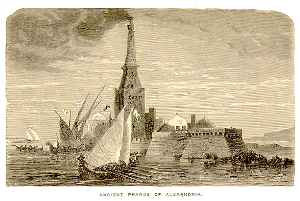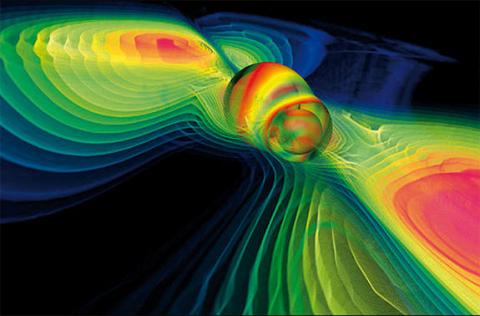People around the world cheered yesterday morning (Feb. 11) when scientists announced the first direct detection of gravitational waves — ripples in the fabric of space-time whose existence was first proposed by Albert Einstein, in 1916.
The waves came from two black holes circling each other, closer and closer, until they finally collided. The recently upgraded Large Interferometer Gravitational Wave Observatory (LIGO) captured the signal on Sept. 14, 2015. Not every scientific discovery gets this kind of reception, so what exactly is all the hype about, and what's next for LIGO now that it has spotted these elusive waves?
First of all, detecting two colliding black holes is thrilling by itself — no one knew for sure if black holes actually merged together to create even more-massive black holes, but now there's physical proof. And there's the joy of finally having direct evidence for a phenomenon that was first predicted 100 years ago, using an instrument that was proposed 40 years ago. [Gravitational Waves Detected by LIGO: Complete Coverage]
But what is truly monumental about this detection is that it gives humanity the ability to see the universe in a totally new way, scientists said. The ability to directly detect gravitational waves — which are generated by the acceleration or deceleration of massive objects in space — has been compared to a deaf person suddenly gaining the ability to hear sound. An entirely new realm of information is now available.
"It's like Galileo pointing the telescope for the first time at the sky," LIGO team member Vassiliki (Vicky) Kalogera, a professor of physics and astronomy at Northwestern University in Illinois, told Space.com. "You're opening your eyes — in this case, our ears — to a new set of signals from the universe that our previous technologies did not allow us to receive, study and learn from."
"Up until now, we've been deaf to gravitational waves," LIGO Executive Director David Reitze, of the California Institute of Technology (Caltech), said during an announcement ceremony in Washington, D.C. "What's going to come now is we're going to hear more things, and no doubt we'll hear things that we expected to hear … but we will also hear things that we never expected."
"When Einstein predicted general relativity, who would have predicted that we'd use it every day when we use our cellphones?" he said. (General relativity provides an understanding how gravity influences the passing of time, and this information is necessary for GPS technology, which uses satellites that orbit further away from the gravitational pull of the Earth than people on the surface).
LIGO is "the most sensitive instrument ever built," said Reitze, and the technological advances that have been made while building the observatory may feed into technologies that will be used in ways people can't yet predict.
Thorne said he sees the larger contribution of LIGO slightly differently.
"When we look back on the era of the Renaissance, and we ask ourselves, 'What did the humans of that era give to us that's important to us today?' I think we would all agree it's great art, great architecture, great music," he said.
"Similarly, when our descendants look back on this era, and they ask themselves, 'What great things came to us?' … I believe there will be an understanding of the fundamental laws of the universe and an understanding of what those laws do in the universe, and an exploration of the universe," Thorne added. "LIGO is a big part of that. The rest of astronomy is a big part of that. And I think that cultural gift to our future generations is really much bigger than any kind of technological spin-off, than the ultimate development of technology of any kind. I think we should be proud of what we give to our descendants culturally."
Source: http://www.livescience.com

